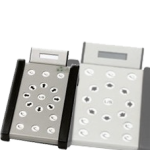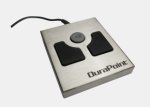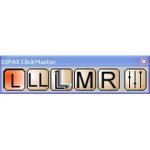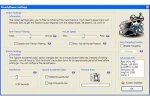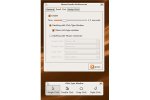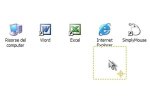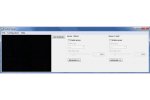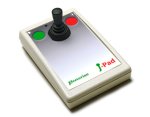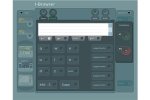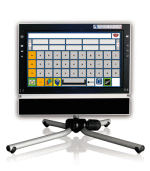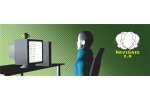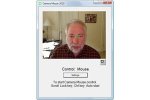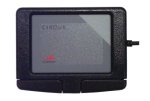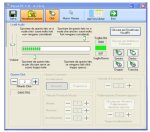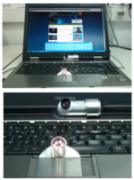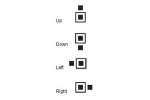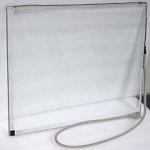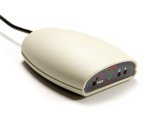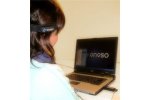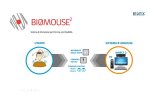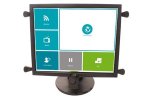Products that match: Pointing and Clicking
447 Results
Note: Changing any of the the sort, count or discontinued filters below will cause the page to reload.
Operating System
ABP Tastenmaus are mice for people with extremely low motor skills in the hands. The cursor is moved via direction keys on the screen - vertically, horizontally and also diagonally. Also click functions are integrated into the key mice.
A reliable, rugged and easy-to-integrate mouse module and cursor control solution for industrial computers, process automation systems, industrial keyboards, vision inspection systems, and military computers.
A Mouse button emulator program for individuals with physical impairments and other disabilities.
A stand-alone serial switch driver for Windows, programmed to send the standard keys of Space and Return.
Software designed to reduce the impact of hand tremors when using a computer mouse. It includes anti-tremor mouse filtering and removes accidental mouse clicks. Steadymouse has an assistive "Icon Targeting" system as well as an enable/disable scroll lock key.
Accessibility software for the open-source GNOME desktop environment designed toward aiding the physically impaired community that brings additional functionalities to the pointer, enabling a user to manipulate only one button, or not use any button at all.
SymplyMouse is the software that facilitates the use of the mouse to people with mobility difficulties.
A free webcam-based switch emulator that enables the user to move the pointer as they move their head.
J-Pad is a wireless joystick interface providing comprehensive switch access to all iPad functions.
A control switch input interface that gives people with limited upper body mobility access to touchscreen devices.
iAble software was designed and developed to solve communication problems for people with moderate movement disorders and those with severely compromised neuromotor skills. iAble is a system of dedicated interfaces designed and developed for interactive modalities alternative to the ones offered by mouse and keyboard.
Software that enables physically disabled people to use computers, simply by blinking their eyes. After detecting the face of the user and establishing the position of the eyes, the camera follows eye movements and detects control blinks.
An eye-tracking system that provides people who have motor weaknesses the ability to use the computer with eye movement control.
Software that enables the use of Windows-based computers and applications through head-tracking, facial or eye movements instead of a mouse.
Camera Mouse is a program that allows the user to control the mouse pointer on a Windows computer just by moving his or her head.
Combines all the power of a mouse with the unrivaled comfort and durability of a touchpad with intelligent software, one-touch scroll and zoom, and distinctive sounds for each operation.
A device that connects directly to a computer and uses a simple pulse sensor to turn just about anything into a touchpad. Simple creativity for kids and for users who cannot use conventional touchpad.
Software for people with severe disabilities that allows the user to communicate with the computer by emitting any vocal sound captured by a microphone in order to control the cursor of the mouse or to do strengthening exercises for cause and effect.
Allows users to operate a computer mouse with their eyes using a webcam.
A free program that enables users to control the mouse pointer using a single switch.
A glass screen that adds touch functionality to an existing monitor by mounting it externally to the monitor.
The SimplyWorks Receive is a USB receiver and interface that forms the hub of the SimplyWorks system when used for computer access and will support up to six SimplyWorks transmitters of any kind.
An alternative mouse that can be attached with a band to any part of the body of one who does not have the mobility in the upper extremities to use a conventional mouse and keyboard, as with tetraplegia, spina bifida, brain paralysis, multiple sclerosis.
Software that replaces the use of the traditional mouse for people unable to use the upper limbs but can move the head, mouth or eyes or give voice commands.
An eye-gaze tracking with speech recognition that transforms a commercial computer into an alternative augmented communication system through multiple interaction ways (ranging from eye tracking to head movement, from standard mouse to the simple touch).

